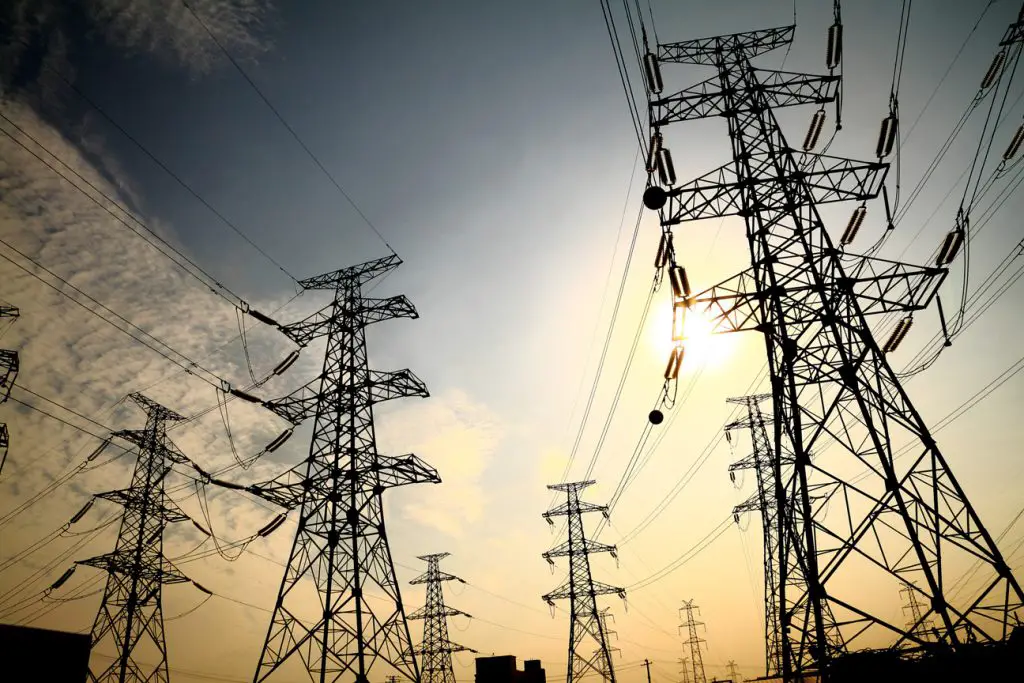The government of Morocco and Spain have signed a memorandum of understanding (MoU) to construct the third interconnection cable between the two countries.
Similar to the previous two, this third 400-kV link will have a technical capacity of 700 MW. The combined commercial capacity of the three links will amount to 1,500 MW. Spanish grid operator Red Electrica de Espana (REE) and its Moroccan peer L’Office National de l’Electricite et de l’Eau Potable (ONEE) will be in charge of the study and analysis of the project.
Also Read:Liberia resumes construction works on Monrovia-Bomi Corridor project
Morocco-Spain power interconnector
The project will require US $169.9m which will be shared 50/50 between the two counties. Ambitious plans to harness North Africa’s solar resource and export the energy to Europe would depend on such trans-continental grid connection.
The interconnection cable project upon completion is estimated to bring f US $140m to the Spanish electricity system gained from tolls and congestion rent since an auction system for the management of the exchange capacity could be implemented.
Energy regulations
The project will also help meet the goal of energy regulations of countries in North Africa to be compatible with European regulations and also the goal for governments and private investors tapped for big bucks.
Commissioning of the project is expected to take place before 2026. Moreover, the two countries have also signed a second collaboration agreement that is aimed at establishing a strategic partnership on energy with objectives focused on the integration of networks and the energy markets, development of renewable energy and energy efficiency.
Interconnection between Spain and Morocco represents one of the maximum exponents of the policy of cooperation between Europe and the Southern Mediterranean countries, backed by the European Community. This is the only submarine interconnection between two continents. The first power link was built in the 1996 while the second was an undersea cable which came into service in 2005 and double transit capacity to 1400 MW.

